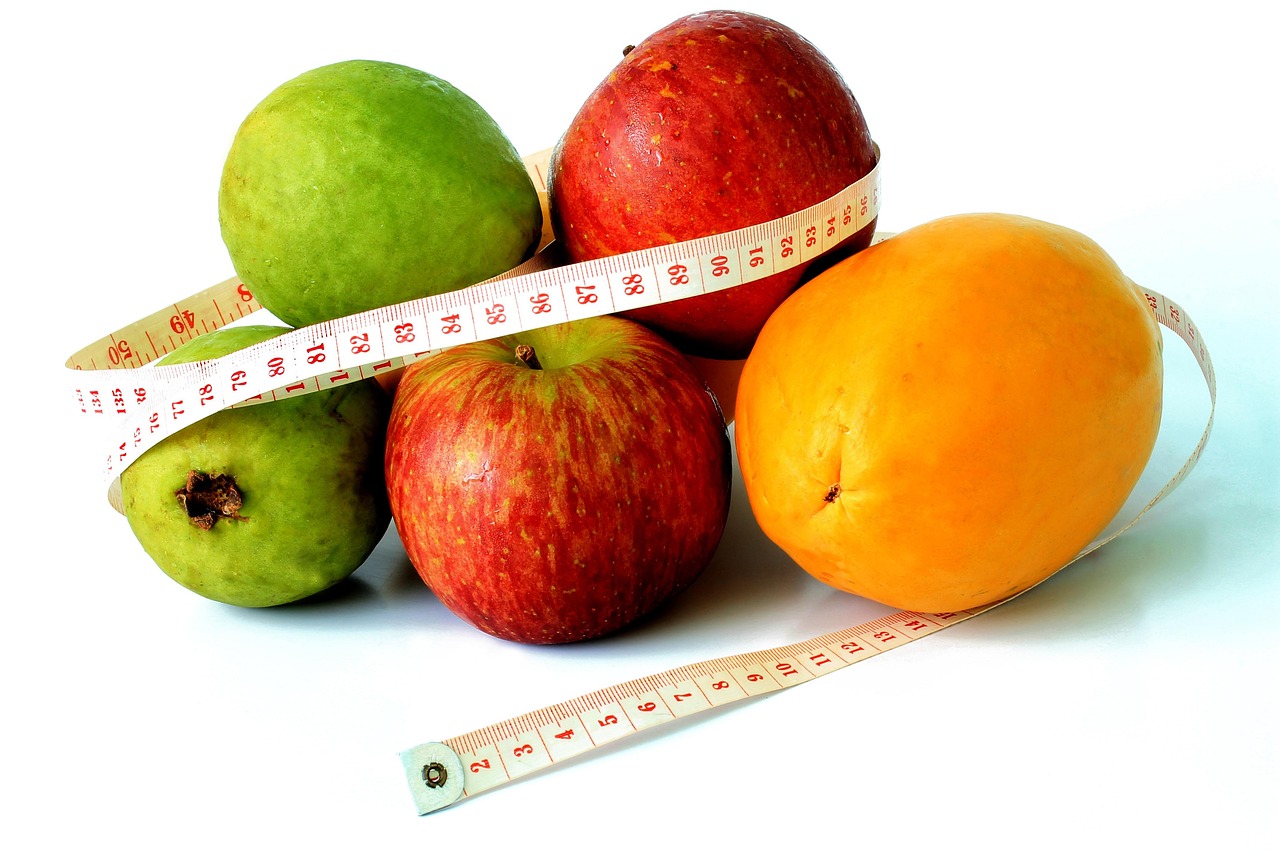Voltage Converter
A Voltage Converter is an electrical device that changes the voltage level of an electrical signal to match the requirements of a particular device or system. It can either step up (increase) or step down (decrease) the voltage, depending on the needs of the load. Voltage converters are commonly used in electrical systems, electronics, and various applications where voltage levels need to be adjusted to ensure proper operation.
A Voltage Converter is an electrical device that changes the voltage level of an electrical signal to match the requirements of a particular device or system. It can either step up (increase) or step down (decrease) the voltage, depending on the needs of the load. Voltage converters are commonly used in electrical systems, electronics, and various applications where voltage levels need to be adjusted to ensure proper operation.
Types of Voltage Converters:
-
Step-Up Voltage Converter (Boost Converter):
- Boost converters increase the input voltage to a higher output voltage.
- Commonly used when you need to supply power to devices requiring a higher voltage than what is available from the power source.
- Example: A DC-DC boost converter that increases 5V DC (from a battery) to 12V DC to power a device that requires 12V.
-
Step-Down Voltage Converter (Buck Converter):
- Buck converters decrease the input voltage to a lower output voltage.
- These are widely used to supply lower voltage to electronic devices that require less power than what is provided by the main supply.
- Example: A DC-DC buck converter that reduces 12V DC (from a power supply) to 5V DC for charging a mobile phone.
-
AC to DC Voltage Converter (Rectifier):
- Converts alternating current (AC) to direct current (DC) at the required voltage level.
- Rectifiers are commonly used to power electronic devices from AC mains voltage.
- Example: A power supply that converts 220V AC to 5V DC for a low-voltage device like a computer or a USB charger.
-
DC to AC Voltage Converter (Inverter):
- Converts direct current (DC) to alternating current (AC), adjusting the voltage as needed.
- Inverters are commonly used in renewable energy systems, like solar power systems, to convert the DC output from solar panels into AC for household or industrial use.
- Example: A solar inverter that converts 12V DC from solar panels to 120V AC for home appliances.
-
AC to AC Voltage Converter:
- Converts AC voltage from one level to another, typically adjusting both the voltage and frequency.
- Used in industrial applications, such as controlling the speed of electric motors.
- Example: A transformer that converts 110V AC to 220V AC for use in different regions with varying voltage standards.
Key Functions of Voltage Converters:
-
Voltage Regulation:
- Voltage converters help maintain a stable output voltage despite fluctuations in the input voltage or varying load conditions. This ensures that devices receive a consistent voltage, which is essential for their proper functioning.
-
Power Efficiency:
- High-efficiency voltage converters are designed to minimize energy loss during the conversion process, ensuring that as much power as possible is delivered to the load while reducing heat generation.
-
Ensuring Compatibility:
- Voltage converters ensure that electronic devices, which may have different voltage requirements, can operate on a common power source. This is especially important in areas where the voltage standard differs from what is used by the device.
-
Protecting Devices:
- Voltage converters protect sensitive equipment by ensuring that the voltage levels are correct, preventing damage caused by over-voltage or under-voltage conditions.
Working Principles:
-
Step-Up (Boost) Converter:
- A boost converter uses an inductor, switch, and diode to store energy and release it at a higher voltage. When the switch is on, energy is stored in the inductor, and when the switch is off, the energy is released and combined with the input voltage to provide a higher output voltage.
-
Step-Down (Buck) Converter:
- A buck converter uses similar components to the boost converter but in reverse. It stores energy in an inductor during the "on" phase and releases it at a lower voltage during the "off" phase, using a switch and diode.
-
AC to DC Converter (Rectifier):
- A rectifier circuit consists of diodes arranged to allow current to flow in only one direction, converting the alternating current (AC) into direct current (DC). The output voltage is determined by the number and configuration of the diodes and the transformer.
-
DC to AC Converter (Inverter):
- An inverter uses electronic switches to rapidly switch the DC voltage direction, creating a square wave or sine wave AC output. This can involve transistors or MOSFETs, and advanced inverters can generate a pure sine wave AC output.
Applications of Voltage Converters:
-
Power Supply Systems:
- Voltage converters are crucial in providing appropriate voltages for devices and systems. They are commonly used in power supplies for devices like mobile phones, computers, televisions, and home appliances.
-
Battery-Powered Devices:
- Voltage converters are used in battery-operated devices where the voltage provided by the battery may not match the required voltage of the device. For example, a boost converter may be used to step up the voltage from a 3.7V battery to 5V for USB charging.
-
Solar Power Systems:
- In solar power systems, DC-AC inverters are used to convert the DC generated by solar panels into AC for use in homes and businesses. DC-DC converters are also used to regulate voltage and manage the charge from the solar batteries.
-
Electric Vehicles (EVs):
- EVs rely on DC-DC converters to step down the high voltage from the battery to the required voltage for different components, such as the vehicle's lights or infotainment system.
-
Industrial Automation:
- Voltage converters are used in industrial settings to regulate voltage levels for motors, sensors, and control systems, ensuring stable and efficient operation.
-
Renewable Energy Systems:
- In wind, hydro, and other renewable energy systems, voltage converters are used to adjust the voltage from turbines or generators to match the grid's voltage or the system's requirements.
-
Consumer Electronics:
- Voltage converters are used in power adapters for electronics, ensuring that devices receive the correct voltage from the mains supply, such as in AC-to-DC converters used in laptop and phone chargers.
Example of Voltage Conversion:
Consider a situation where you have a 12V DC battery, but your device requires 5V DC to operate. You can use a step-down (buck) converter to convert the 12V input to a stable 5V output, ensuring that the device receives the correct voltage.
Conversely, if you need to power a device that requires 24V DC but only have a 12V DC battery, you would use a step-up (boost) converter to increase the 12V to 24V.
Benefits of Voltage Converters:
- Compatibility: Ensures that devices can be powered using different voltage sources.
- Power Efficiency: Modern voltage converters offer high efficiency, reducing energy losses and heat generation.
- Portability: Many converters are small and lightweight, making them ideal for portable devices and applications.
- Protection: Prevents devices from being damaged due to incorrect voltage levels.
- Energy Management: Helps manage energy efficiently, particularly in renewable energy systems, ensuring that power is converted and used optimally.
Conclusion:
A Voltage Converter is a versatile device that changes the voltage level of electrical energy to meet the needs of various applications. Whether stepping up or stepping down voltage, voltage converters play a vital role in ensuring compatibility, efficiency, and protection in power systems, consumer electronics, industrial machines, renewable energy, and many other fields.
Would you like to explore more about specific types of voltage converters or their applications in certain industries?













